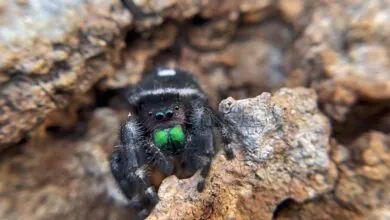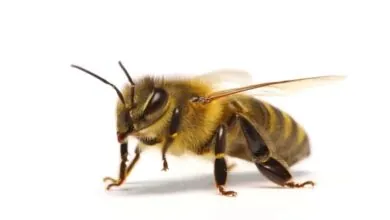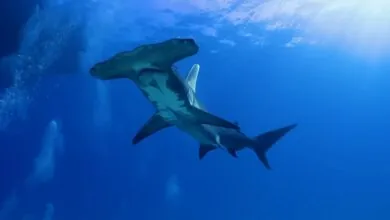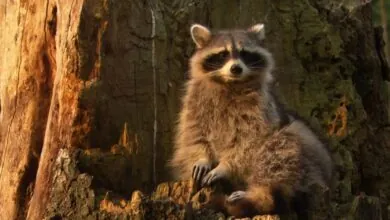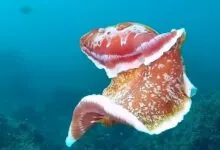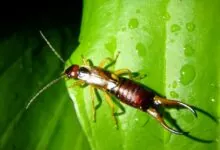Meet the Quokka – The Happiest Animal in the World
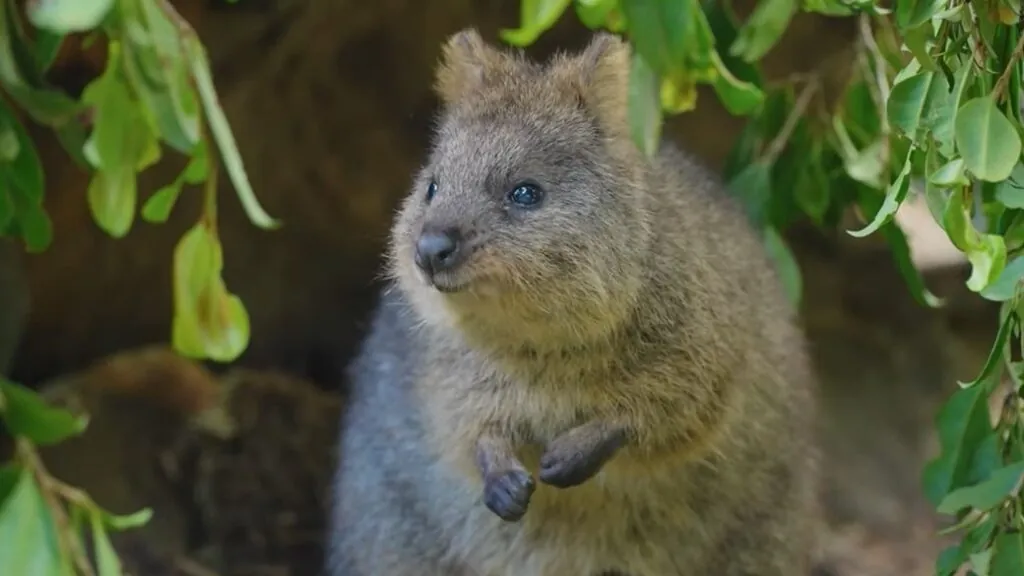
It’s time to embrace the animal that practically invented sunshine and smiles: the quokka. This endearing marsupial from Australia has earned the nickname “happiest animal in the world” and with good reason; just give a look at their perpetually cheerful faces, replete with crinkly eyes and cheeky grins, is enough to melt even the iciest heart. Without further ado, let’s unfold the secrets of their sunny disposition and playful personalities.
| Kingdom | Phylum | Class | Order | Family | Genus | Scientific Name | |||
| Animalia | Chordata | Mammalia | Diprotodontia | Macropodidae | Setonix | Setonix brachyurus |
Origin and Evolution
Evolutionary History
In conjunction with the quokka origin, they fall under the Macropodidae family, inextricably linked to other wallabies and kangaroos. Their lineage diverged from a common forefather shared with the Red-necked Wallaby approximately 4.5 million years back in time.
12,000 years in the rearview, rising sea levels isolated quokka population on islands and coastal regions, bringing about geographic separation. The extinction of large predators on mainland Australia, like megafauna, possibly led to the quokka’s lack of fear and smaller size in contrast with mainland relatives.
Genetic Composition and Diversity
These scrub rats are diploid with 2n = 22 chromosomes. Albeit confined genetic diversity due to bottlenecks and isolation, contemporary studies propose higher variation that formerly perceived. Quokka subpopulations feature minor differences in size, fur color and behavior; for instance, Rottnest island quokkas tend to be darker and slightly larger than Bald island individuals.
Environmental Adaptations
To thrive on islands with limited resources, the quokka, the happiest animal in the world, have evolved particular adaptations, such as dietary flexibility (they can eat a diverse range of plants, including roots, leaves and fruits), reduced water dependence (they can concentrate urine and extract moisture from food) and smaller size (compared to mainland relatives, their smaller size reduces energy requirements).
Distribution and Population
Geographic Range
With respect to quokka distribution, they are endemic to the southwest corner of Western Australia, clinging to isolated pockets of habitat.
Throughout pockets of southwest Australia, scattered quokka populations persist, totaling around 4,000 individuals. Prior to European arrival these creatures roamed much further. Fossil evidence proposes they once occupied a stretched region of around 49,000 square kilometers, covering the entire southwest corner of Western Australia.
Population Dynamics
Speaking of quokka population, as per estimations there’re around 7,850 to 17,150 individuals worldwide. Regrettably, mainland populations have encountered dramatic downturn, shrinking by an approximated 50% since European settlement. Island populations, nonetheless, are typically more stable.
Geography
| Continent(s) | Oceania |
| Countries | Australia |
| Bio-geographical Realms | Australasian |
| Biome | Mediterranean forests, woodlands, and scrub |
| Climate Zones | Mediterranean-type |
Quokka Habitat
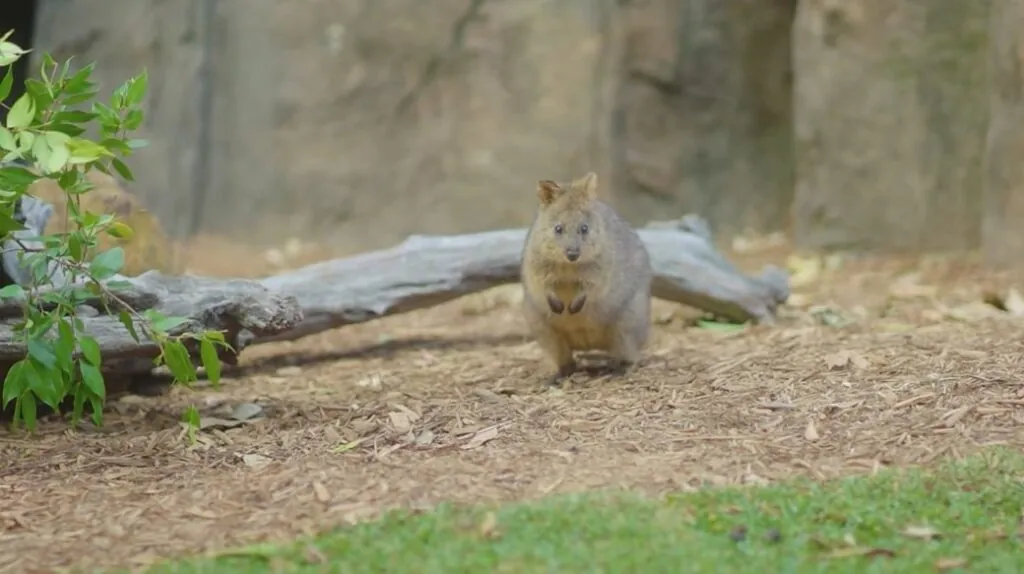
Habitat Preferences
Concerning the quokka habitat, they prioritize dense vegetation near the coast, specifically dense scrubland, heathlands and coastal woodlands. Besides, these scrub rats adore wetlands and swamps, drawn to the lush vegetation and perpetual water access. Furthermore, bald and Rottnest islands provide guarded sanctuaries, characterizing a blend of coastal shrubland (comprising 40-60% of quokka habitat), sand dunes and woodlands (making up their 10-20% of habitat).
Over the span of the scorching Australian sun, the quokka, the happiest animal in the world, seek shelter in cool, sheltered areas, like rock crevices, hollow logs and self-dug burrows. Some species find solace in the rugged beauty of coastal cliffs on Rottnest Island; 85% of quokkas inhabit within 5 kilometers of the coast.
Habitat Utilization Patterns
Quokkas are chiefly nocturnal nomads, that is, they’re active at night, venturing out to forage for food once the sun sets. In the course of dry periods, they may move close to enduring water sources or areas with lusher vegetation.
5 Quokka Facts
Quokka Appearance
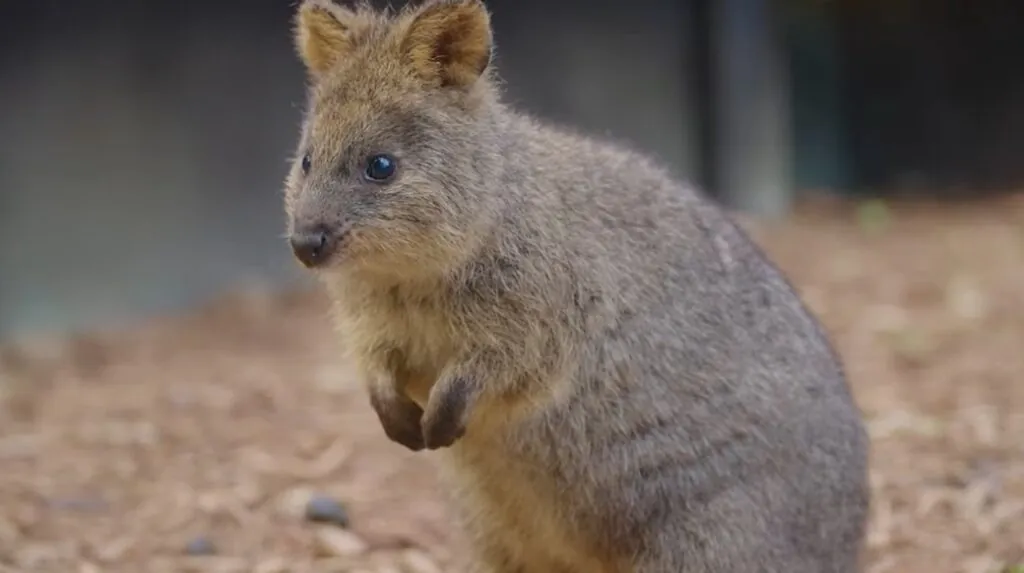
Physical Characteristics
Sexual Dimorphism
When it comes to the quokka appearance in terms of sexual dimorphism, male quokkas tend to be slightly larger than females, tipping the scales at up to 4.2 kg, while females stay around 3.5 kg. On top of that, males sport more definite muscle precision, specifically around their shoulders and forelimbs.
Ontogenetic Development
The quokka, known for its perpetual smile and social demeanor, and the resourceful raccoon, renowned for its masked face and clever adaptations, feature charming examples of wildlife thriving in diverse ecosystems across the globe.
Quokka Anatomy
| Color(s) | Grey-brown with lighter underparts |
| Tongue | Long, pink, and prehensile |
| Claws | Long, curved, and black |
| Mouth | Small and rounded |
| Jaw | Narrow and pointed |
| Teeth | Small incisors and large premolars |
| Nose | Pink and hairless |
| Feet | Four on each foot, with long claws |
Reproduction and Life Cycles
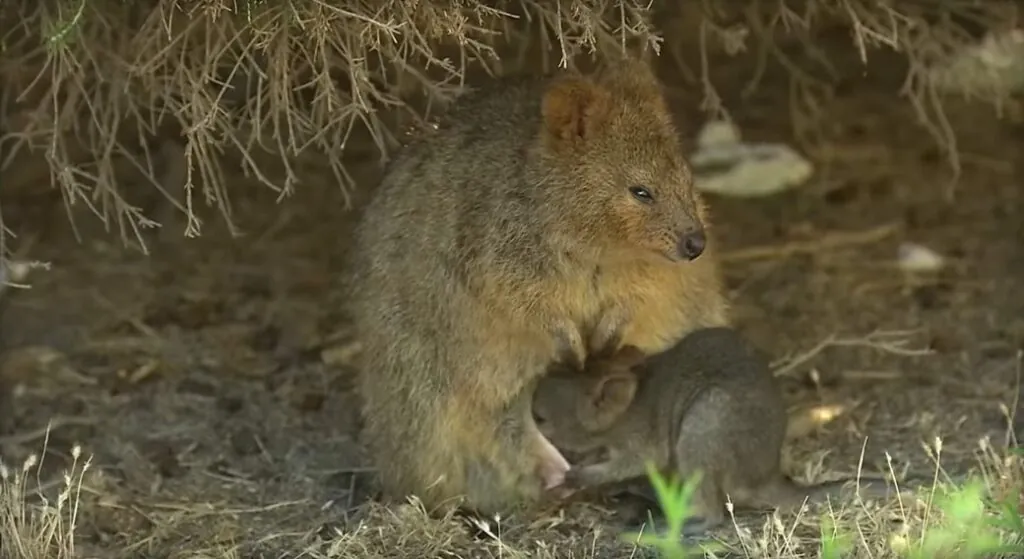
Mating System
As for as the quokka reproduction is concerned, they’re polygynous, whereby a male’s reproductive success hinges on securing multiple mates. 55% of females mate with two or more males in a single season.
In resource-rich times, monogamy rates escalate to 30%, with both partners investing in a single joey. But when resources dwindle, polygamy reigns, with one dominant male potentially siring up to 40% surge in vocalizations by males competing for their attention.
Reproductive Biology
In conjunction with the quokka breeding season, it continues year-round; nevertheless, January-March witnesses a frenzy, with 60% of conceptions happening in the course of this peak period. Males deposit 15 to 20 scent marks per hour during breeding season.
Quokka Gestation Period
In contrast to numerous marsupials with large litters, quokkas feature K-strategist reproduction, investing a plentiful resources in a single high-quality joey per pregnancy. The joey spends a striking 180 days nestled within the mother quokka pouch. Little by little, transitioning to a solid diet takes place, with mothers offering 90% of nutritional needs even after pouch emergence.
Life Cycle Stages
Speedy Start: Around 18 months, sexual maturity arrives early, enabling quokkas to step into the reproductive fray quickly. While the average quokka lifespan is 10 years, with a maximum recorded age of 15, individuals on guarded islands like Rottnest have unfolded a 20% surge in average lifespan.
Mating Habits
| Mating Behavior | Promiscuous – Both males and females have multiple partners during breeding season. |
| Reproduction Season | January – March (cooler months) |
| Litter Size | 1 (single joey) |
| Gestation Period | 27-29 days |
| Baby Carrying | Pouch for 6 months |
| Independent Age | 8-10 months |
| Baby Name | Joey |
Diet and Lifestyle
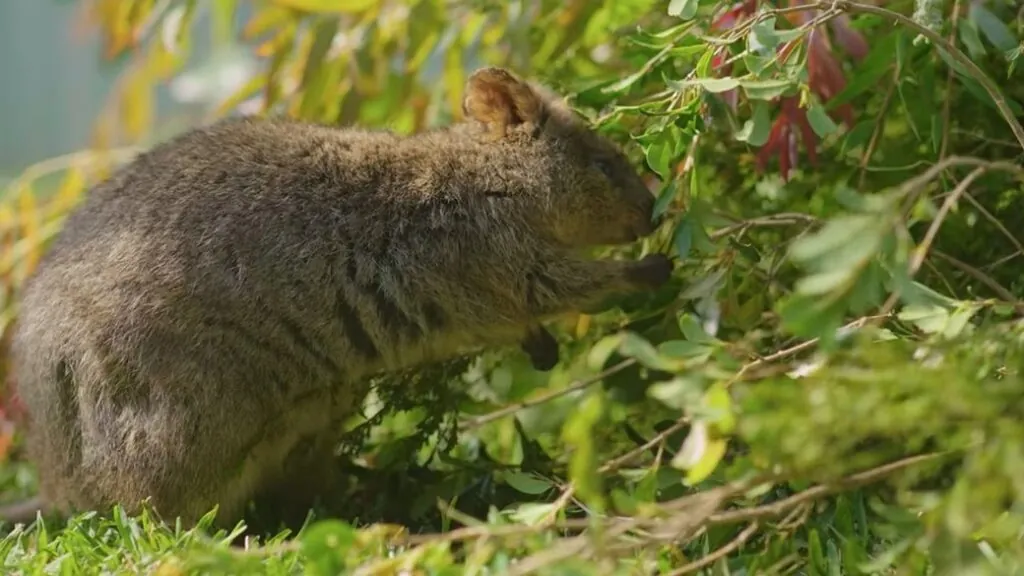
Feeding Ecology
The quokka, the happiest animal in the world, are primarily herbivores, consuming solely plant matter. The quokka diet is composed of grasses (60-70%), seagrasses (10-20%), shrubs and herbs (10-20%) and others like fungi, fruits and bark (<5%).
They consume around 1% of their body weight in dry matter daily. This translates to approximately 400 to 500 grams of vegetation for an average quokka. Besides, ruminant-like digestion permits for up to 70% nutrient absorption from low-quality vegetation.
Foraging Strategies
They prefer young leaves and shoots over mature foliage. Research shows up to 80% selection for young leaves in some areas. The quokka burrow network measures 30-50 meters in length, with daily burrow usage up to 2 to 4 hours.
Diurnal Activity Patterns
60 to 70% of quokka activities take place at dawn and dusk. While 20 to 30% of activity occurs in the course of daylight hours, particularly when food resources are plentiful. Nocturnal activity can escalate to up to 40% during summer months.
Social Structure
The quokka group size in average comprises 5-15 individuals, having temporary aggregations of up to 50 observed during favorable conditions. Around 30% individuals showcase solitary behavior, particularly males outside of breeding season.
Threats and Conservation
Conservation Status
Speaking of the quokka conservation status, as per the International Union for Conservation of Nature (IUCN) Red List, they’re classified as “Vulnerable.” This specifies their populations are at risk of extinction in the wild due to ongoing threats.
Primary Threats
The quokka renowned as the happiest animal in the world face numerous threats in their native Australia, including, habitat loss (habitat shrunk by 50% over the past century), introduced predators (foxes killed up to 30% of Quokka), disease, climate change, vehicle collisions and human interaction.
Relationship with Humans
Media and Entertainment
Economic Importance
Rottnest Island, Australia, welcomes more than 800,000 visitors per year, with the quokka, the happiest animal in the world, being a major draw. Estimations suggest that quokka-related tourism contributes up to $30 million to the Australian economy annually.
Owing to their unparalleled physiological adaptations, like efficient digestion and low water needs, quokkas are of great interest to scientists studying sustainability and environmental resilience.
Unique Characteristics
Forge a path through an intriguing journey as we unfold fascinating facts about quokkas – truly captivating animals that start with Q. Join us in shedding light on their remarkable rundown!
| Common Name | Quokka |
| Other Name(s) | Ban-gup, bungeup, scrub rat |
| Number of Species | 1 (Setonix brachyurus) |
| Population Size | Estimated 7,850-17,150 mature individuals |
| Lifespan | 4-10 years in the wild, up to 14 years in captivity |
| Weight | 1.3-2.7 kg (2.9 – 6.0 lbs) |
| Length | 40-54 cm (16-21 in) |
| Top Speed | 48 km/h (30 mph) |
| Predator | Foxes, cats, eagles, snakes |
| Diet | Grasses, leaves, herbs, and fruits |
| Most Distinctive Feature | Small stature, round face, smiling expression and bright eyes |
FAQs
